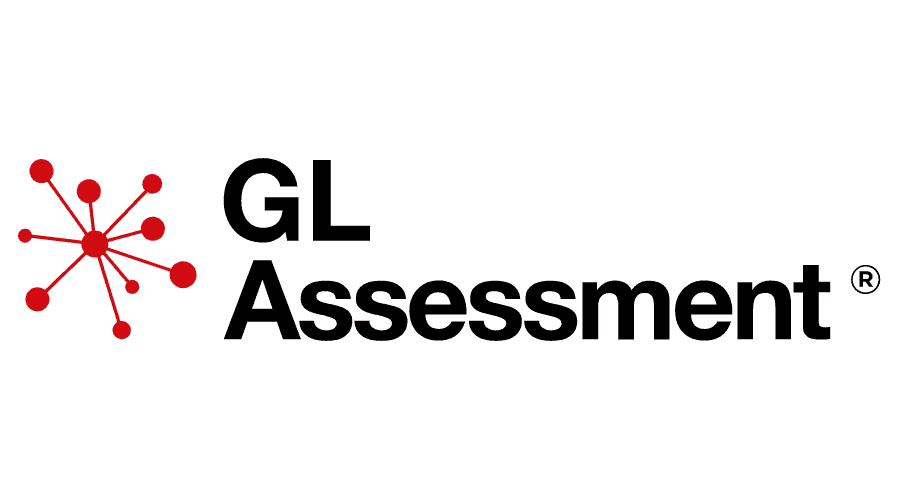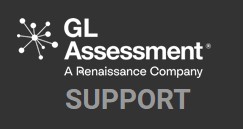.
At The Telford Langley School we believe in providing the best educational experience for our students, and part of that commitment involves continually assessing and enhancing their learning journey. One important aspect of this assessment process is the use of GL Assessments. These enable an assessment to be made of a pupil’s attainment relative to their ability, and how that pupil compares to a national sample of pupils of the same age. We also use the PASS assessment to help capture students' feelings about school and teachers, and help to detect possible barriers to learning, including issues around confidence, resilience, motivation, concentration, disaffection and alienation.
GL Assessments, short for Granada Learning Assessments, are a set of standardised tools and tests that help us gain valuable insights into our students' academic progress, strengths, and areas where they may need additional support. These assessments are a key component of our educational framework, enabling us to tailor our teaching methods to meet the unique needs of each student.
Our goal is to ensure that every student at Telford Langley School receives a well-rounded and comprehensive education. GL Assessments play a crucial role in achieving this goal by providing us with objective data that informs our teaching strategies and curriculum development. These assessments cover a wide range of subjects, including mathematics, English, and science, and are designed to measure a student's knowledge, skills, and abilities at different grade levels.
In this section of our website, you will find detailed information about GL Assessments, including how they are administered, the types of assessments we use, and the benefits they offer to both students and teachers. We encourage you to explore these resources to gain a better understanding of how GL Assessments contribute to our commitment to academic excellence.
There are a number of different assessments that pupils will take over the year. Information can be found on each of these below.
CAT4
CAT4 provides an understanding of what a child is capable of, as well as identifying which of our students have the potential to achieve more and those who need support in certain subjects. A student with a low quantitative score may struggle with maths, for instance, while one with a low verbal score may find it difficult to access the curriculum. These insights help us to personalise their learning and unlock hidden potential. Reports provide analysis at both individual and group level.
What does CAT4 do?
It provides a rounded profile of student ability so we can target support, provide the right level of challenge, and make informed decisions about their progress. Reports indicate strengths and weaknesses across four batteries:
Verbal Reasoning – the ability to express ideas and reason through words is essential to subjects with a high language content, and the most obvious skill picked up by traditional assessment.
Non-verbal Reasoning – problem-solving using pictures and diagrams; skills which are important in a wide range of school subjects, including maths and science-based subjects.
Spatial Reasoning – the capacity to think and draw conclusions in three dimensions, needed for many STEM subjects, but not easily measured by other datasets.
Quantitative Reasoning – the ability to use numerical skills to solve problems, applicable well beyond mathematics.
NGRT
Developing literacy and reading ability is fundamental to a pupil’s ability to access the curriculum in secondary school. The New Group Reading Test (NGRT) is a standardised, termly assessment that reliably measures reading skills against the national average to help you get to the root of any problems precisely and quickly. NGRT provides information about sentence completion and comprehension skills allowing you to identify where difficulties lie. Being a termly assessment allows for regular monitoring of reading progress and measuring the impact of intervention, and a pupil’s reading ability can be benchmarked using the Standardised Age Score (SAS).
The assessment is adaptive – questions are automatically presented based on a pupil’s ability as they complete them, so more able pupils can be challenged while weaker readers are kept engaged.
NGST
New Group Spelling Test (NGST) is an adaptive assessment which allows monitoring of spelling skills, benchmarked against the national average.
Questions are delivered via audio and the assessment is adaptive – meaning that questions change based on pupil’s responses, so more able pupils can be challenged while weaker pupils are kept engaged. The reports provide the Standard Age Score (SAS), allowing us to compare each pupil’s performance with other children of the same age, and track progress. Reports also provide customised implications for teaching and learning as well as offer practical help with next steps in the classroom.
PT Series
The Progress Test Series (PT Series) helps us accurately measure how our students are performing in English, maths and science against the national average – and measure both in-year, and year on year progress.
What does the Progress Test Series do?
It measures our students’ knowledge, understanding and application of the core subjects:
English: focuses on students’ technical English skills (spelling, grammar and punctuation) and reading comprehension, using age-appropriate fiction and information texts
Maths: assesses key aspect of maths appropriate to the age of the pupil including mental maths for those aged 8 and over
Science: measures two dimensions of science learning, understanding of science content, and working scientifically (application of skills)
What is SAS (Standard Age Score)?
GL Assessment SAS (Standard Age Scores) provide a way to compare a student's performance to national averages in standardised assessments. Here's how schools can utilise these scores for comparison:
-
Benchmarking: Schools can use SAS scores to benchmark their students' performance against national averages. By comparing individual student scores to the national average SAS for their age group, teachers can identify areas where students excel or need improvement compared to their peers nationwide.
-
Identifying Strengths and Weaknesses: Analysing SAS scores allows teachers to pinpoint subject areas where students are performing well and areas where they may be struggling. This information can help schools tailor their teaching methods and curriculum to address specific needs, ensuring a more targeted approach to education.
-
Tracking Progress Over Time: Schools can track students' progress over time by comparing their SAS scores from one assessment to another. Monitoring changes in SAS scores allows teachers to assess the effectiveness of interventions and instructional strategies implemented to support student learning.
-
Informing Instructional Decisions: SAS scores can inform instructional decisions by highlighting areas where additional support or enrichment may be needed. Teachers can use this information to differentiate instruction, providing targeted interventions for students who are below the national average and enrichment opportunities for those performing above it.
PASS
The Pupil Attitudes to Self and School (PASS) is a short self-evaluation survey that is used to gain insight into attitudes that could be hindering achievement. It helps capture feelings about school and teachers, and help to detect possible barriers to learning, including issues around confidence, resilience, motivation, concentration, disaffection and alienation.
The survey looks at 9 attitudinal factors:
- Feelings about school
- Perceived learning capability
- Self-regard, as a learner
- Preparedness for learning
- Attitudes to teachers
- General work ethic
- Confidence in learning
- Attitudes to attendance
- Response to curriculum demands







